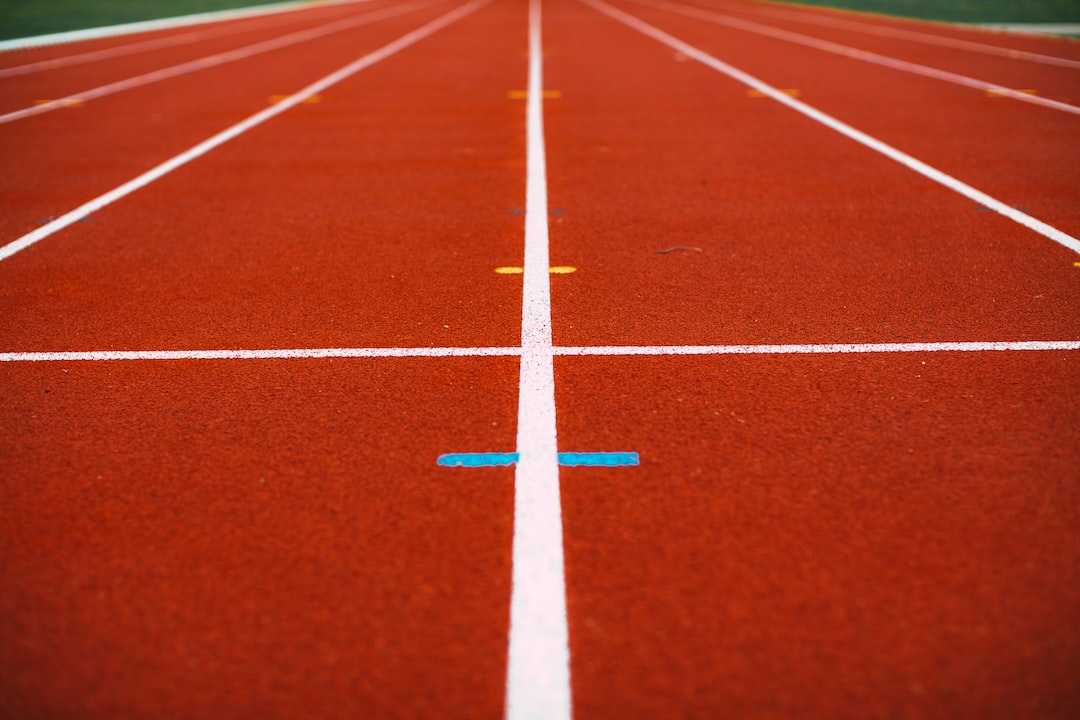Title: How to Prevent Common Sports Injuries in Youth Athletics
Introduction (100 words)
Youth athletics play a crucial role in the development and well-being of children, promoting physical fitness, teamwork, and discipline. However, the risk of injury can be a significant concern for parents and coaches. To ensure the safety and longevity of young athletes, it is vital to implement proper injury prevention strategies. In this blog post, we will delve into effective techniques for preventing common sports injuries in youth athletics, discussing warm-up routines, proper technique, equipment and safety measures, nutrition, and the importance of rest and recovery.
Warm-up Routines (150 words)
Before engaging in any physical activity, warm-up exercises are essential to prepare the body. Young athletes should start their training sessions or matches with a dynamic warm-up routine, including activities like jogging, skipping, lunges, and arm circles. These exercises increase blood flow, warm up the muscles, and improve flexibility, reducing the risk of strains and sprains. Coaches and trainers must emphasize the importance of warming up to ensure that each child understands its necessity as part of their regular training routine.
Proper Technique (200 words)
Practicing proper technique in sports is crucial to minimizing the risk of injury. Coaches should provide supervised training sessions, ensuring that young athletes understand and perform movements correctly. Proper technique promotes better body alignment, reduces stress on joints, and enhances overall performance. It is essential for coaches to emphasize the importance of form and technique during training and correct any improper movements promptly. This will prevent bad habits from forming and help maintain the safety of young athletes.
Equipment and Safety Measures (200 words)
Appropriate sports equipment is essential to protect young athletes from potential injuries. Parents and coaches should ensure that children wear properly fitted and suitable protective gear, such as helmets, mouthguards, shin guards, and pads. Depending on the sport, additional equipment like goggles, shoulder pads, knee braces, or wrist guards may be necessary. It is important to inspect the equipment regularly and replace damaged or outdated gear to maintain its effectiveness. Along with proper equipment, coaches should enforce safety measures like maintaining a clean and safe playing area, ensuring adequate supervision during practices and games, and teaching children to obey the rules and regulations of each sport.
Nutrition and Hydration (150 words)
A well-balanced diet is crucial for sustaining optimal athletic performance and reducing the risk of injuries. Young athletes should understand the importance of a nutritious diet that includes a variety of fruits, vegetables, lean proteins, whole grains, and healthy fats. These nutrients help build strong muscles, bones, and joints, enhancing overall strength and flexibility. Proper hydration is also essential; young athletes should drink water before, during, and after exercise to prevent dehydration and maintain peak performance.
Rest and Recovery (200 words)
Young athletes must understand the significance of rest and recovery in preventing injuries. Heavy training schedules without adequate rest can lead to overuse injuries and burnout. Coaches and parents should encourage regular rest days and prioritize quality sleep. Additionally, incorporating stretching exercises, foam rolling, and relaxation techniques into their routine can aid in muscle recovery and prevent muscle imbalances.
Conclusion (100 words)
Preventing common sports injuries in youth athletics requires a holistic approach encompassing warm-up routines, proper technique, the use of appropriate equipment, good nutrition, and adequate rest and recovery. By following these guidelines, parents, coaches, and athletes can ensure that young sports enthusiasts develop a strong foundation for a long and successful athletic journey while minimizing the risk of injuries that could hinder their progress. Remember, it is crucial to prioritize safety and promote a healthy, balanced approach to sports participation for our young athletes.

